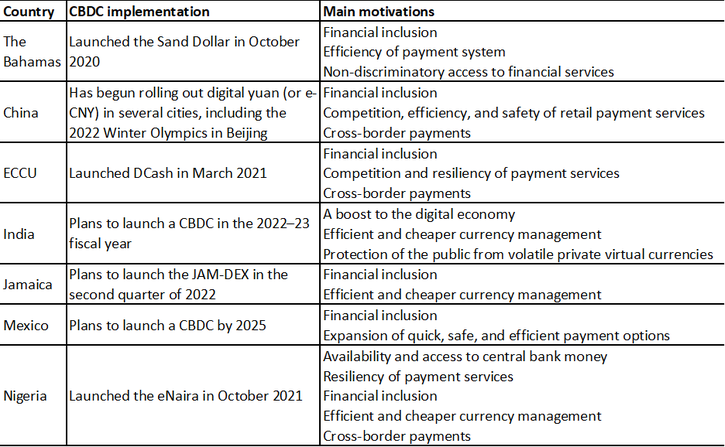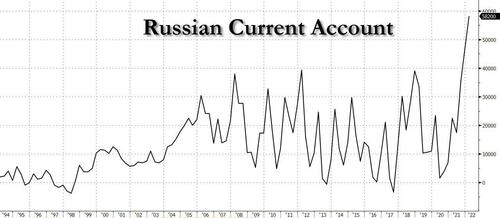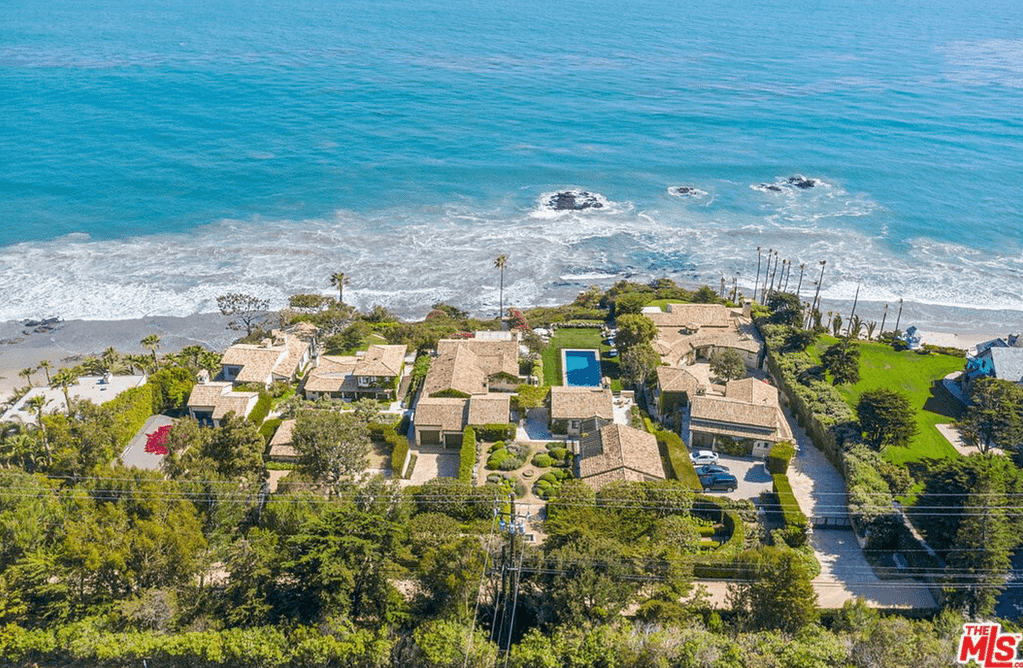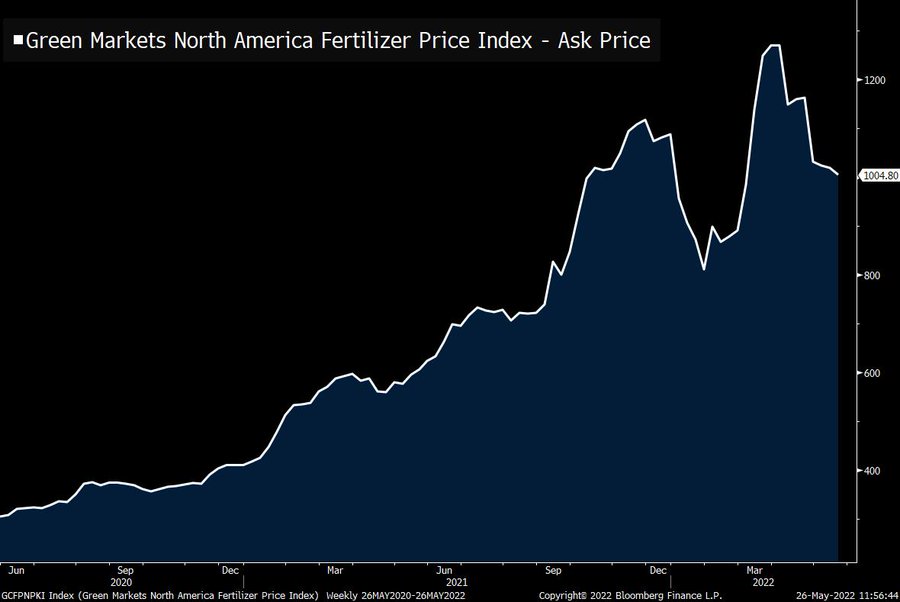This was known six weeks ago.
It's the artillery. It either kills the Ukrainian troops or it drives them insane. Very few severely wounded by artillery.
To compensate for the Russian tactics—which are not quite WWII's Operation Bagration where the Katyusha rockets ("Stalin's Organ.") were out in front of the artillery which were lined up wheel-to-wheel to destroy anything between 2 and 20 miles—but still overwhelming, the Ukrainian soldiers are literally back to trench warfare, where all you can do is duck your head and pray that today is not your last day on earth.
It's WWI all over again. And the doctors, one of whom supplied the lack-of-severe-wounds factoid, are seeing shell shock cases like this poor bastard, just as the doctors at the Battle of the Somme did 106 years ago:

This was true six weeks ago, I wonder why the Post is publishing the story now?
From the Washington Post, May 26:
DRUZHKIVKA, Ukraine — Stuck in their trenches, the Ukrainian volunteers
lived off a potato per day as Russian forces pounded them with artillery
and Grad rockets on a key eastern front line. Outnumbered, untrained
and clutching only light weapons, the men prayed for the barrage to end —
and for their own tanks to stop targeting the Russians.
“They [Russians]
already know where we are, and when the Ukrainian tank shoots from our
side it gives away our position,” said Serhi Lapko, their company
commander, recalling the recent battle. “And they start firing back with
everything — Grads, mortars.
“And you just pray to survive.”
Ukrainian leaders have projected and nurtured a public image of
military invulnerability — of their volunteer and professional forces
triumphantly standing up to the Russian onslaught. Videos of assaults on
Russian tanks or positions are posted daily on social media. Artists
are creating patriotic posters, billboards and T-shirts. The postal
service even released stamps commemorating the sinking of a Russian warship in the Black Sea.
Ukrainian forces have succeeded in thwarting Russian efforts to seize
Kyiv and Kharkiv and have scored battlefield victories in the east. But
the experience of Lapko and his group of volunteers offers a rare and
more realistic portrait of the conflict and Ukraine’s struggle to halt
the Russian advance in parts of Donbas. Ukraine, like Russia, has
provided scant information about deaths, injuries or losses of military
equipment. But after three months of war, this company of 120 men is
down to 54 because of deaths, injuries and desertions.
The
volunteers were civilians before Russia invaded on Feb. 24, and they
never expected to be dispatched to one of the most dangerous front lines
in eastern Ukraine. They quickly found themselves in the crosshairs of
war, feeling abandoned by their military superiors and struggling to
survive.
“Our command takes no responsibility,” Lapko said. “They only take credit for our achievements. They give us no support.”
When they could take it no longer, Lapko and his top lieutenant,
Vitaliy Khrus, retreated with members of their company this week to a
hotel away from the front. There, both men spoke to The Washington Post
on the record, knowing they could face a court-martial and time in
military prison.
“If I speak
for myself, I’m not a battlefield commander,” he added. “But the guys
will stand by me, and I will stand by them till the end.”
The volunteers’ battalion commander, Ihor Kisileichuk, did not respond
to calls or written questions from The Post in time for publication,
but he sent a terse message late Thursday saying: “Without this
commander, the unit protects our land,” in an apparent reference to
Lapko. A Ukrainian military spokesman declined immediate comment, saying
it would take “days” to provide a response.
“War breaks people down,” said Serhiy Haidai, head of the regional war
administration in Luhansk province, acknowledging many volunteers were
not properly trained because Ukrainian authorities did not expect Russia
to invade. But he maintained that all soldiers are taken care of: “They
have enough medical supplies and food. The only thing is there are
people that aren’t ready to fight.”
But Lapko and Khrus’s concerns were echoed recently by a platoon of
the 115th Brigade 3rd Battalion, based nearby in the besieged city of
Severodonetsk. In a video uploaded to Telegram on May 24, and confirmed
as authentic by an aide to Haidai, volunteers said they will no longer
fight because they lacked proper weapons, rear support and military
leadership.
“We are being sent to certain death,” said a volunteer, reading from a
prepared script, adding that a similar video was filmed by members of
the 115th Brigade 1st Battalion. “We are not alone like this, we are
many.”
Ukraine’s military rebutted the volunteers’ claims in their own video posted online,
saying the “deserters” had everything they needed to fight: “They
thought they came for a vacation,” one service member said. “That’s why
they left their positions.”
Hours after The Post interviewed Lapko and Khrus, members of Ukraine’s
military security service arrived at their hotel and detained some of
their men, accusing them of desertion.
The men contend that they were the ones who were deserted.
Waiting to die
Before the invasion, Lapko was a driller of oil and gas wells. Khrus
bought and sold power tools. Both lived in the western city of Uzhhorod
and joined the territorial defense forces, a civilian militia that
sprung up after the invasion.
Lapko, built like a wrestler, was made a company commander in the 5th
Separate Rifle Battalion, in charge of 120 men. The similarly burly
Khrus became a platoon commander under Lapko. All of their comrades were
from western Ukraine. They were handed AK-47 rifles and given training
that lasted less than a half-hour.
“We shot 30 bullets and then they said, ‘You can’t get more; too expensive,’ ” Lapko said....
....MUCH MORE
Again, why now? The Washington Post and the New York Times are the Party Organs for the State Department, the CIA and the military. Someone very high up in the Establishment wants this story out there. And this story, from May 20:
Whoa: There Appears To Be A New U.S. Plan For Ukraine
And another story that Izabella Kaminska flagged:
Kissinger turns 99 today and unlike the much younger U.S. President is not known for randomly wandering off into stories of Corn-Pop this or hairy legs that or....
well, you know.
From the investing point of view all I can say is to repeat the outro from May 22's Ukraine: "Italy Circulates 4-Point Peace Plan":
President Zelensky has done some bluster and bluff and Poland's
President Duda wouldn't like it but if the U.S. and the rest of NATO say
take the deal. Ukraine won't have much choice.
If interested see also Friday's: "Whoa: There Appears To Be A New U.S. Plan For Ukraine"
Tight stops on equity shorts and hydrocarbon longs.







